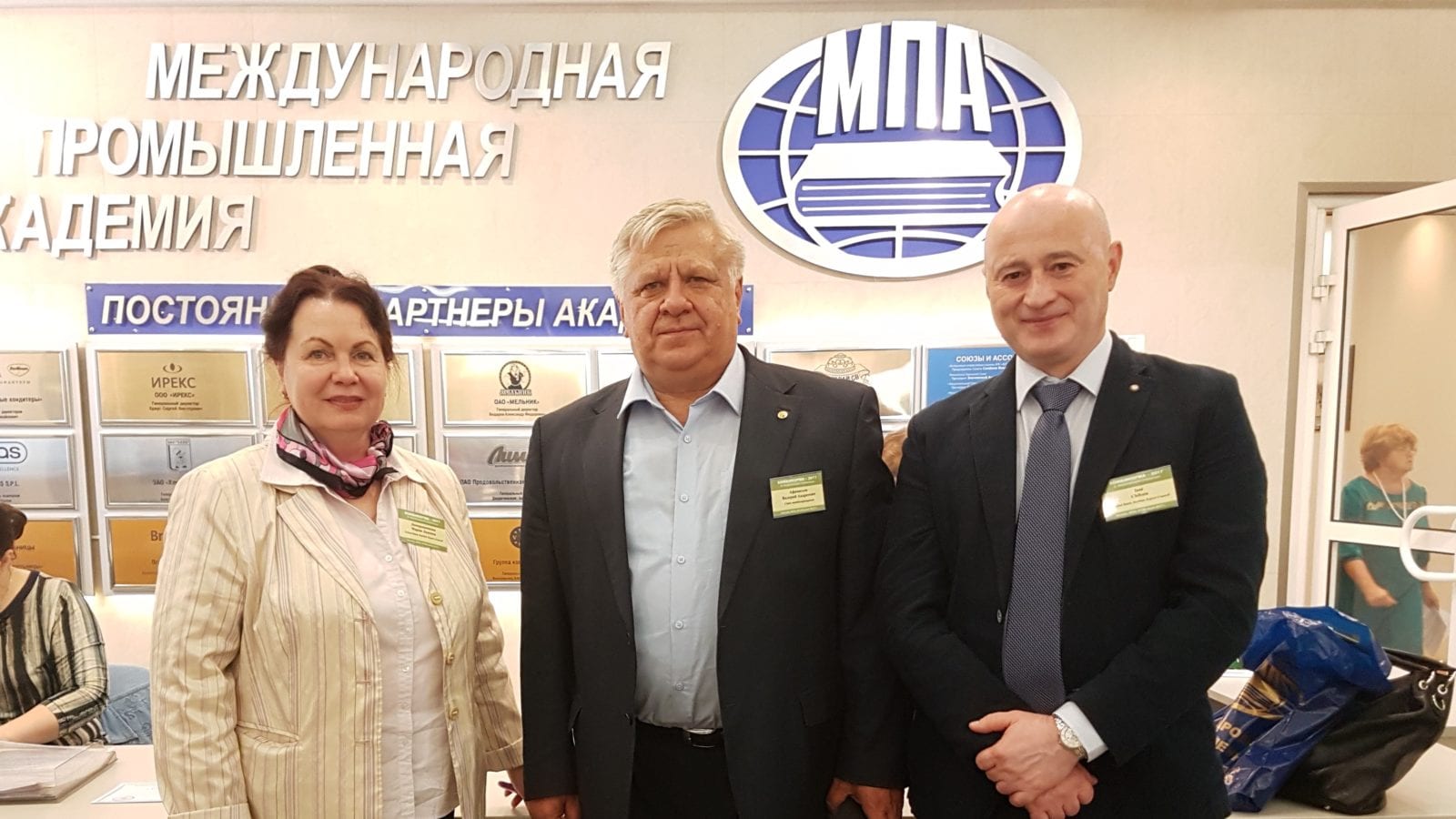USSEC Attends The “Mixed Feeds- 2017” Conference In Moscow And Speaks On Importance Of Adequate Digestible Amino Acids Ratio In Animal Feed Formulation
- Category:
- General News

“Modern Compound Feed Production, the 11th feed industry conference, took place from June 27th to 29th at the International Industrial Academy in Moscow, Russia. Dr. Maria L. Domoroshchenkova and Dr. Iani Chihaia, USSEC Consultants, attended the event with the goal to meet with the delegates from feed, livestock, trading companies and researchers from Russian Federation.
The visit to Russia and the participation in the Mixed Feeds as one of the key events in the feed sector allowed USSEC to be recognized and stand out among organizations and companies sponsoring events in the feed and livestock sectors. Individual contacts with Russian or International participants of the event may lead to follow-up contacts and did definitely increase the interest and visibility of USSEC and U.S. soy.
The conference was organized by the Union of Compound Feed Manufacturers of Russia, International Industrial Academy and All-Russia Mixed Feed Research Institute and supported by a number of national professional livestock and poultry associations and unions. Over 140 participants attended the conference, among them important policy and decision makers, feed production managers, nutritionists and purchasing managers. Organized since early 2000, the Mixed Feed Conference remains one of the traditional and key events for the Russian feed industry and is an opportunity to meet the regional Russian and C.I.S. community feed compounders and livestock and poultry producers.
The review presented by Dr. Chihaia on “Fine Tuned Feed Formulation for Optimum Profitability in Animal Production” fitted to the current needs for information of the industry and engaged ample discussions with the audience, who generated several questions, showing the interest in improving efficiency in feed and animal nutrition.
The message delivered thru the presentation was very clear: in today’s competitive environment designing adequate feeding programs and formulating poultry and swine diets based on ideal digestible amino acids ratio are key concepts in achieving cost efficient feed strategies and in maximizing economic return. And since the use of soy derivatives in animal nutrition is a part of improving efficiency, USSEC consultants recommended the increase in soybean meal inclusion rates and constant monitoring of quality of this valuable ingredient.
In addition to presenting the current thinking in feed formulation, USSEC consultants had the opportunity to interact with industry representatives, follow up with the recent activities and get an understanding of the trends and developments of the Russian feed, livestock and aquaculture industries.
According to the official conference speakers, the industrial manufactured feed production in Russia has increased by 4 percent in 2016 reaching 25.6 million tons by official State Statistics numbers and about 40 million tons following expert feed market estimates. There is a trend of 3 to 4 percent increase per year, for the next ten years, due to the development of the livestock production, but mainly swine and farmed fish sectors, the last one receiving governmental support for development. Another important achievement for the sector for the past few years was the significant decrease of imported compound feeds. Due to new production facilities local feed producers are able today to cover the domestic demand. However, Russian feed industry still uses high inclusion rates of grains (70 percent in average) as a solution to protein ingredients deficit. Education of local customers in modern feeding practice and nutritional benefits of soy derivatives and high quality of U.S. soy in particular obviously is important for an increase of soybean meal dosage in local feed formulations and for a potential growth of U.S. soy demand.